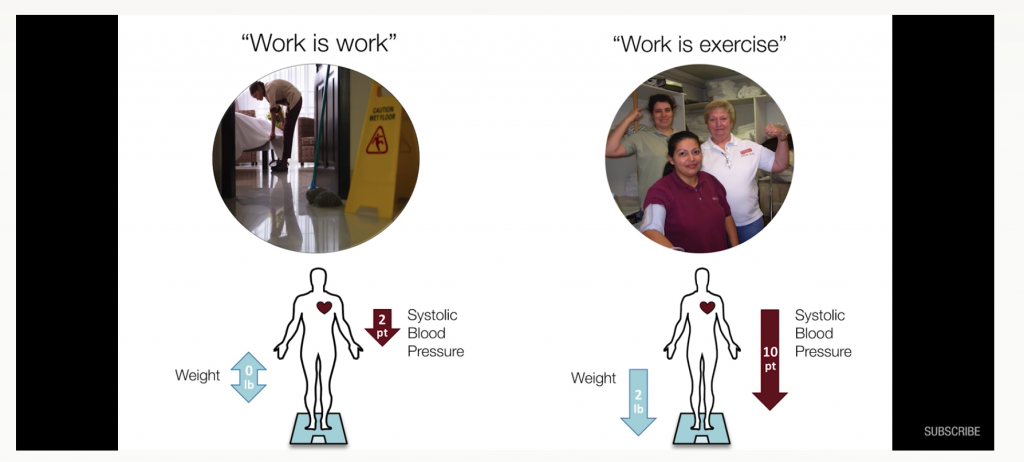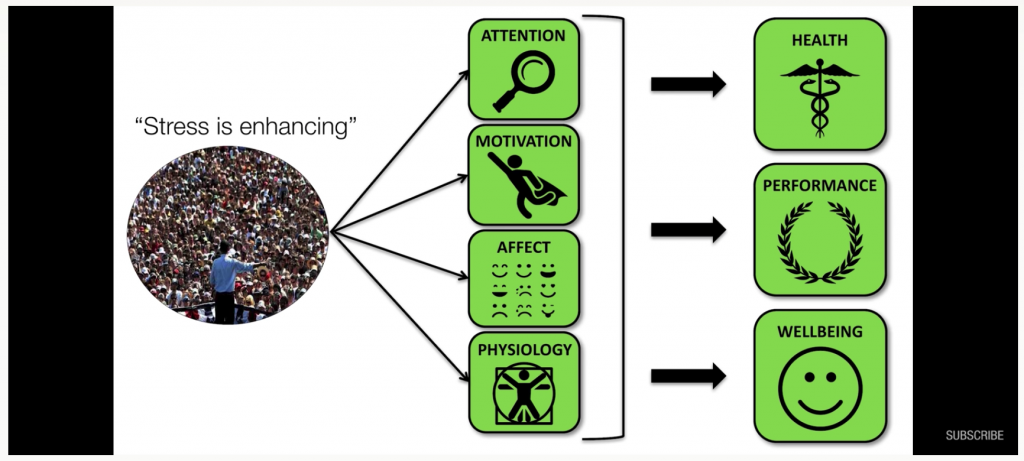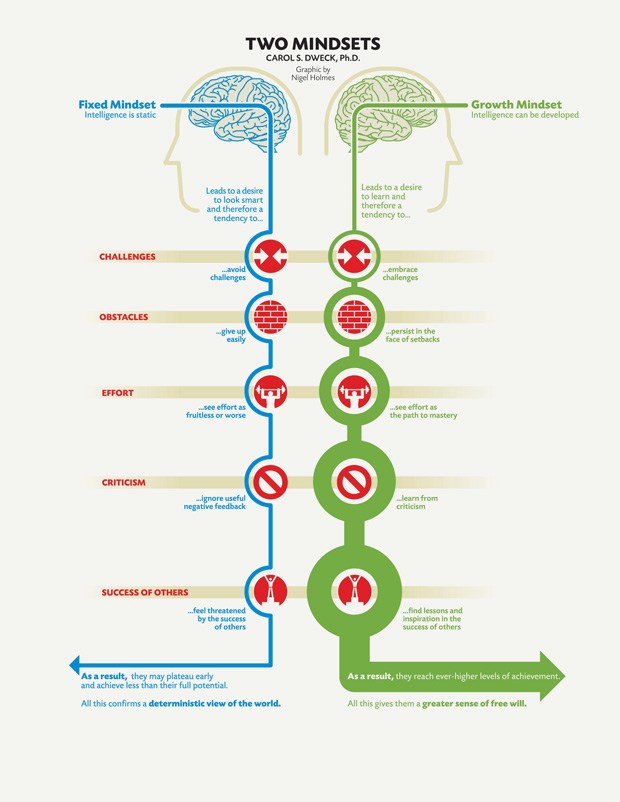In the recent past I had an issue with a client engagement that I’ve been mulling over and trying to analyze in my mind.
The good thing about running into problems is that it makes for great content ideas. Similar to musicians and artists – their best work comes from periods of struggle and challenge.
Challenges expose the cracks and flaws in your services, and so while I try to deliver and exceed client expectations, when there are the rare breakdowns and issues, it really makes vivid that there are parts of our service offerings and project management that we need to change.
Lesson 1: Get Everything Crystal Clear up front, with Examples
The terms of this agreement with metrics were fairly clearly laid out in the statement of work.
The problem with only the statement of work defining the agreement is that is can be boring text that the other party glosses over.
Instead, it’s best to use a lot of examples to show what level of design, writing, data, and other components would be included.
There’s a push and a pull in our work with the level of detail we can go into while balancing with the ultimate goal that the client is after – which is media coverage and links.
If the client wants to institute too many branded elements and needs to be hyper-involved and check off at every step, that’s ok but it makes it a different, more involved and expensive engagement.
So to improve this, it would be best to set up a call right before and right after the proposal is signed (to help mitigate buyers remorse, and before you really start depending on the money) – and get on a video call screensharing exactly what work we’ve done in the past and what they’re getting in this engagement.
If they think our writing quality doesn’t meet their standards, they need to be pointing that out very early on. The only way they can really understand our standard writing quality is to sit and read 2-3 live posts we’ve created.
It sucks and takes time, and that’s likely why their expectations were too far apart from ours.
The only alternative would be for us to pull out example sections from campaigns as representative examples. We then show them “ok this is the content marketing writing level” and then “this is the expert business writer level” the 2nd level is 2x the cost of the first. We haven’t found it’s necessary for the purpose of these campaigns, but if you prefer that for your quality standards, we can definitely do this.
So getting that down up front is critical, which comes through in the SLA…
Lesson 2: Introduce a Service Level Agreement (SLA)
I was assuming this engagement would go just like the last ones – the client was impressed by our digital PR services, loved what we did and let us do our thing with abandon.
But in this scenario, the Point of Contact (POC) wanted to add in their own opinions and perspective which pulled the control away from our workflow and turned it into something that required more collaboration.
Given that I was used to us running our own playbook without having to consult the client at every step, this meant I and the team wasn’t prepared to include these extra steps, check-ins, and scheduling delays. The client expected us to deeply follow along internal brand and writing guidelines – which again is totally fine – but wasn’t clearly defined up front by any party.
Lesson 3: Understand Deeply who your Point of Contact is, and Their Own Goals
In my most successful engagements, I was dealing directly with the CEO of the company – they controlled the purse, and the strategy, and the vision, and they definitely wanted our services and valued them highly – so they let us do our thing with light supervision.
We could suggest ideas, run with them, and even just decide what we were doing without signoffs.
In this problematic engagement, the point of contact was a mid-level employee that reported up to the management team and had to check in with a lot of other lateral stakeholders and get a lot of opinions.
There’s nothing wrong with that type of point of contact and engagement, I just wasn’t used to that type of connection to a company and so it resulted in some other issues.
Lesson 4: Vocal Unhappy Clients are Great Feedback to Improve and Scale Services Further
I assume happy clients may be satisfied with 80% of what you do, but there’s a 20% they don’t like. But in order to NOT rock the boat, they may hold back from any criticism or feedback. If they DO hold back on that feedback, then I as the owner don’t realize that’s a strong area to improve. So when I go pitch our current process to a new prospective client, they may decide not to buy because 20% of our services is off.
Prospects rarely give feedback on why they didn’t buy (even when directly asked) so it’s hard to uncover that from prospects.
Why does this feedback help scale? Well in my perspective, with products and services, those that have the right combination of price, value, ease of use, product quality, and customer service win. (Many other factors including marketing, sales, finance, etc. as well). So those products that win are really the best product market fit, and what’s good for a bunch of people is good for the mass of people. So those that win keep winning based on their moat, first mover advantage, network effects, and other advantages.
Lesson 5: Over-communication and Account Management is Critical
I’m not great with updating clients regularly. I want to do the work and update them once a month. Not everyone likes that, however.
Many want to manage the engagement and do a weekly call.
This particular client wanted updates 2x a week. A bit of a red flag in our situation since our best clients have been very hands of and let us do our thing.
What’s a red flag for some isn’t for others, it’s just all about being on the same page and scoping and charging for a more intensive level of service.
Lesson 6: Everyone has Clients, Everyone has Bosses – and that’s a Good Thing
Elon Musk has a lot of leeway and freedom to do what he wants. But he still answers to his board. And ultimately he is in service to his customers. If Tesla cars have massive flaws or recalls one year, he’s leaping into action to respond.
The vision of the 4-Hour Workweek is mostly misleading and I am glad I read the book, but I let it influence what I thought was normal working conditions too much. I entered into a mindset early in my career that I should be as efficient as possible when running freelance work and an agency and try to make good money working only 20 hrs a week. Or if I was doing hard work that I didn’t want to do, I should delegate it or get rid of it.
But the reality is that really, if you want to succeed in the business world and do your own thing and get rich, you gotta put in the work and look for leverage. You gotta be doing 40 hrs a week when others are doing 80. I you think you’re exceptionally brilliant and want to work smarter not harder, go for it. Put in 20 hrs a week a in the business, and then dazzle others with your brilliance 20 hrs a week at business lunches and conferences. That’s enjoyable and super high-leverage.
From time to time, I think I want to get out of running a services agency because of the problem of dealing with clients. But everyone has clients or customers in some way. Those running enterprise SaaS companies are still taking the meetings with the CEO of Salesforce and Dropbox if those guys are requesting a meeting.
At every level of business in all business models you’re communicating the vision, selling the business, and working deals and clients consistently.
Even if I don’t want to run a services agency like this forever, there are core universal business skills that help me today that I need to hone before I get to create and run a billion dollar SaaS. I’d say even 50-80% of the most valuable business skills are universal and not particular to your company and industry. It’s the 20% that can make the difference between an industry leader and just a middle-of-the-pack company.


